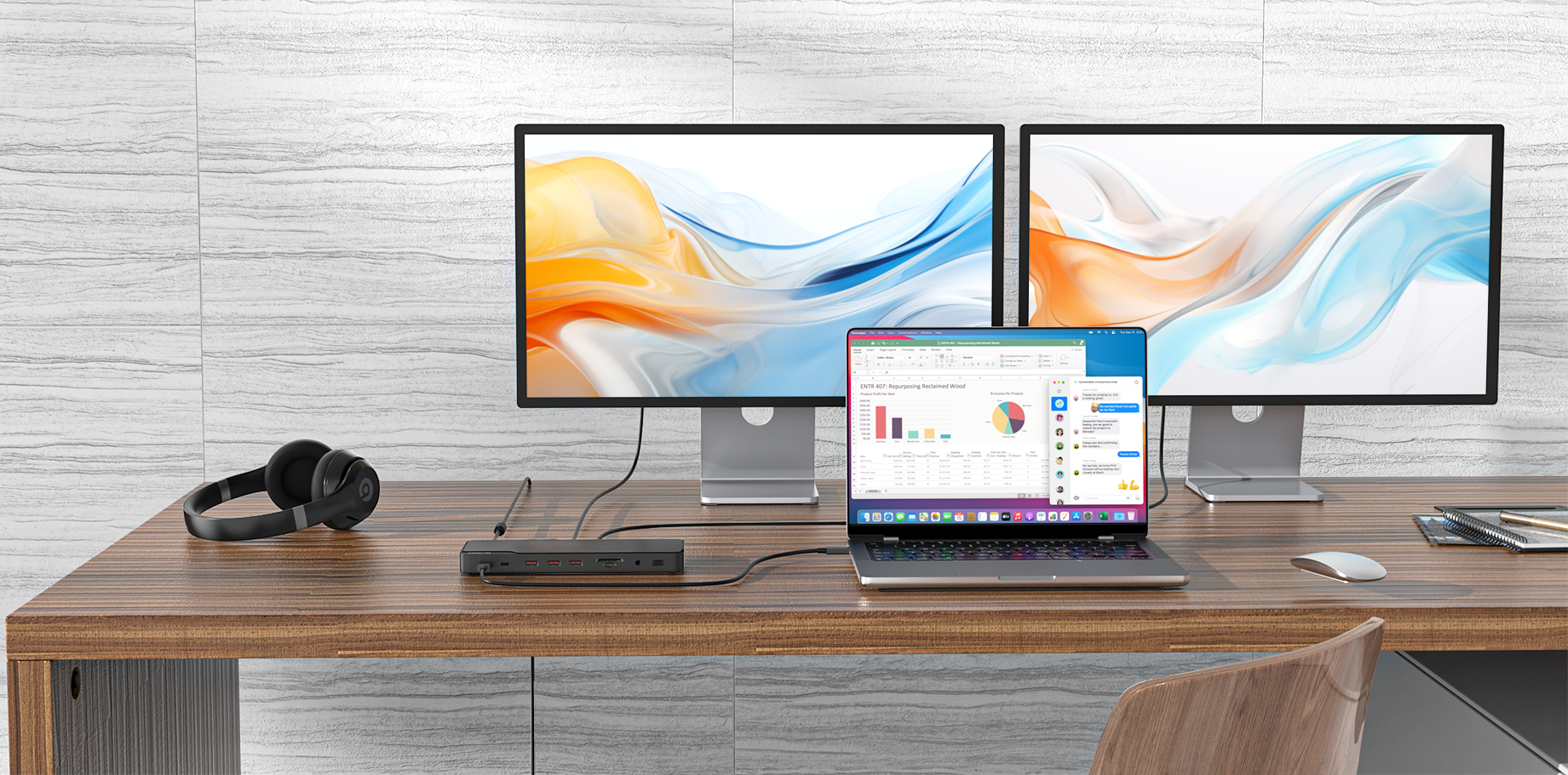Common Reasons for Charger Gets Hot
When you notice your charger getting hot, it's important to understand the underlying causes to prevent potential issues. Several factors can contribute to this problem:
● Overusing Your Charger: One of the most straightforward reasons your charger might get hot is the amount of power it's delivering to your device. If you're charging a device with a large battery, or if the device is being used intensively while charging (such as gaming or streaming videos), the charger is required to work harder, which can result in increased heat output.
● Poor Quality or Incompatible Chargers: Using a charger not designed for your device can lead to overheating. This includes using counterfeit or low-quality chargers that may not have the necessary safety features or may not be designed to handle your device's power requirements. Incompatible chargers can force the device to draw more current than the charger can safely provide, resulting in excessive heat.
● Damaged Cables or Connectors: Wear and tear on charging cables or connectors can also cause overheating. If the cable is frayed or the connectors are loose, the electrical connection may become unstable, leading to increased resistance and, consequently, more heat. This not only heats up the charger but can also damage your device.
● Poor Ventilation: Chargers need proper airflow to dissipate the heat generated during use. If your charger is placed on a soft surface like a bed or couch, or if it's covered by something, the lack of ventilation can cause it to overheat.
● High Ambient Temperature: External conditions, such as high ambient temperatures, can also contribute to your charger heating up. If the room is hot or if the charger is exposed to direct sunlight, it may become warmer than usual even during normal operation.
● Internal Component Failure: Sometimes, the internal components of a charger can degrade or fail over time, leading to inefficiencies in power conversion and heat dissipation. Components like transformers, capacitors, or resistors may become faulty, causing the charger to overheat even under normal usage conditions.
How to Prevent Chargers Get Hot
Now that you understand the causes, here are several practical steps you can take to minimize the risk of your charger getting hot:
● Use the Right Charger
Using the right charger for your device is crucial for preventing overheating. Here are some key factors to consider when choosing the right charger:
① Use the Original or Certified Chargers: Whenever possible, use the charger that came with your device. If you're considering a third-party charger, look for certifications such as UL (Underwriters Laboratories), CE (Conformité Européenne), or FCC (Federal Communications Commission). Certified chargershave been tested for safety and compliance with performance standards, reducing the risk of overheating and other issues.
② Consider the Charger's Output Specifications: Pay attention to the charger's output specifications, usually listed in watts (W), volts (V), and amperes (A). For example, a typical smartphone might require a 5V, 2A charger, which provides 10 watts of power. Using a charger with a higher output might charge your device faster, but only if your device is designed to handle fast charging. However, using a charger with too low an output can overwork the charger, causing it to overheat.
③ Opt for Multi-Port Chargers with Robust Safety Features: If you prefer a multi-port charger to charge multiple devices simultaneously, opt for a high-quality multi-port charger designed to handle and distribute power efficiently among several devices and equipped with robust safety features to prevent overheating.
● Ensure Proper Ventilation
Make sure your charger is placed in a well-ventilated area during use. Avoid charging your device on soft surfaces like beds or sofas, which can block airflow and trap heat. Instead, place your charger on a hard, flat surface where air can circulate freely around it.
● Regularly Clean Charging Ports
Dust and debris can accumulate in your device's charging port, leading to poor electrical contact and increased resistance. This can cause your charger to work harder and heat up. Regularly cleaning the charging port with a soft brush or compressed air can help maintain a good connection and prevent overheating.
● Regularly Inspect Cables and Connectors
Check your charging cables and connectors regularly for signs of wear and tear. Frayed cables or loose connections can increase resistance, leading to overheating. If you notice any damage, replace the cable or connector immediately to prevent further issues.
● Limit Heavy Usage During Charging
Using your device for power-intensive activities like gaming or streaming while charging can significantly increase the power demand, causing the charger to heat up. If you need to charge your device, try to limit heavy usage until after it's fully charged.
● Unplug When Not in Use
Don't leave your charger plugged in when it's not in use. Even when not actively charging a device, a plugged-in charger can still draw a small amount of current, generating unnecessary heat over time. Unplugging your charger when not needed not only helps reduce heat but also saves energy.
● Charge in a Cool Environment
If possible, charge your devices in a cool, dry environment. High ambient temperatures can exacerbate heating issues, while moisture can lead to short circuits and further heat generation. Keeping your charger and device in a cool place will help minimize the risk of overheating.






